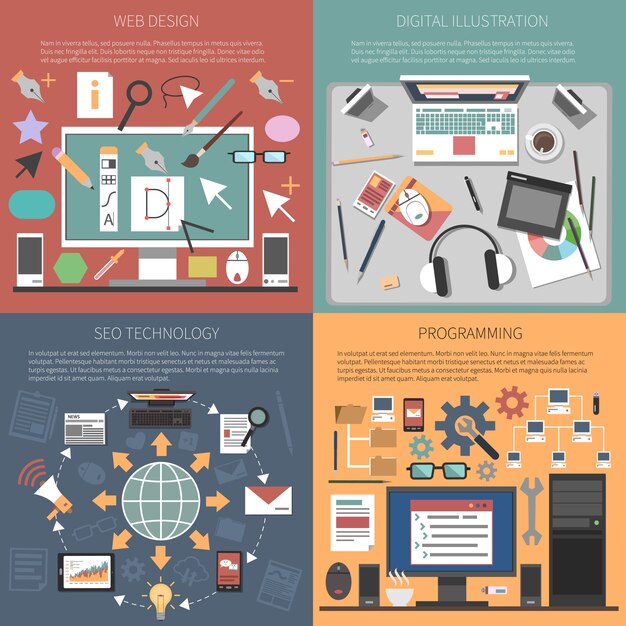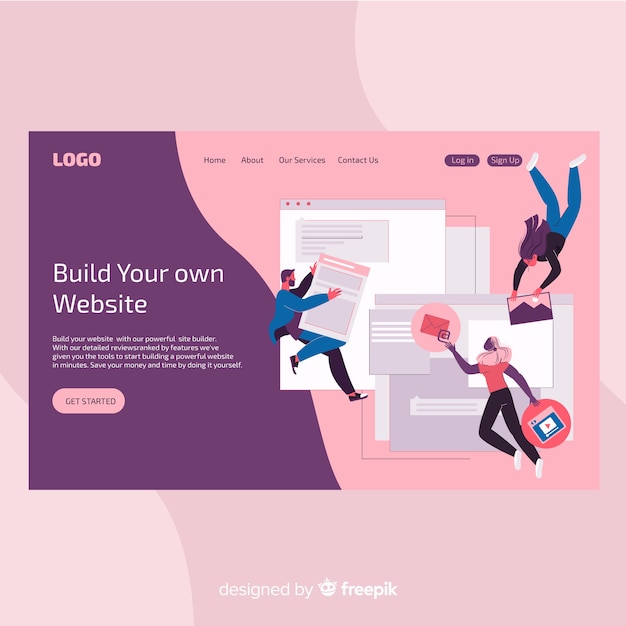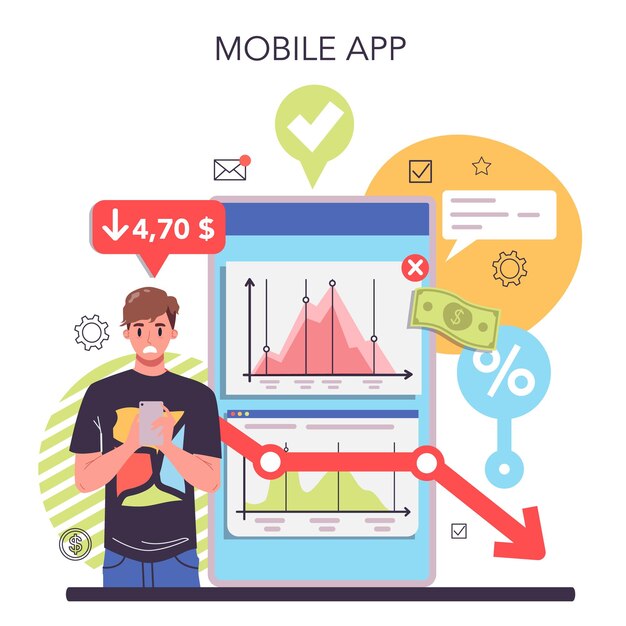In today’s fast-paced digital world, web development has evolved significantly. Modern web developers rely on a wide range of tools to enhance their productivity, streamline their workflow, and create high-quality applications. Whether you are a front-end, back-end, or full-stack developer, having the right set of tools is crucial. This article explores some of the essential tools that every modern web developer should know about.
1. Code Editors and IDEs
A good code editor or Integrated Development Environment (IDE) is the backbone of web development. These tools provide syntax highlighting, code completion, debugging features, and integration with various programming languages essential tools.
- Visual Studio Code (VS Code): One of the most popular code editors, VS Code offers extensive extensions, a built-in terminal, and Git integration.
- JetBrains WebStorm: An excellent IDE for JavaScript and TypeScript development, offering intelligent coding assistance and debugging tools.
- Sublime Text: A lightweight and fast code editor with a powerful package ecosystem.
2. Version Control Systems
Version control systems help developers manage changes in their code and collaborate efficiently with teams.
- Git: The most widely used version control system, allowing developers to track changes and work on different branches.
- GitHub/GitLab/Bitbucket: Cloud-based Git repositories that enable collaboration, code review, and continuous integration.
3. Package Managers
Package managers simplify the process of installing, updating, and managing dependencies in a project.
- npm (Node Package Manager): The default package manager for Node.js, essential for JavaScript development.
- Yarn: A fast and secure alternative to npm with better dependency management.
- pnpm: A modern package manager optimized for performance and disk space efficiency.
4. Front-End Frameworks and Libraries
Front-end frameworks and libraries make it easier to build responsive and dynamic user interfaces.
- React.js: A powerful JavaScript library for building user interfaces, maintained by Facebook.
- Vue.js: A progressive framework that is easy to learn and has excellent community support.
- Angular: A full-fledged framework developed by Google, suitable for building large-scale applications.
5. CSS Frameworks
CSS frameworks help developers create visually appealing and responsive designs.
- Bootstrap: The most popular CSS framework, offering a variety of pre-designed components and grid systems.
- Tailwind CSS: A utility-first CSS framework that enables fast styling with minimal custom CSS.
- Bulma: A lightweight and modern CSS framework based on Flexbox.
6. Back-End Technologies
Back-end technologies handle server-side logic, database interactions, and application functionality.
- Node.js: A runtime environment for JavaScript that allows server-side scripting.
- Express.js: A minimal and flexible Node.js framework for building APIs and web applications.
- Django: A high-level Python framework that emphasizes rapid development and security.
- Ruby on Rails: A popular framework for building scalable web applications using the Ruby programming language.
7. Databases
Databases store and manage data for web applications.
- MySQL: A widely-used relational database management system (RDBMS).
- PostgreSQL: An advanced open-source relational database with powerful features.
- MongoDB: A NoSQL database ideal for handling large-scale applications with flexible data structures.
- Firebase: A cloud-based database solution for real-time applications.
8. API Development and Testing Tools
APIs are crucial for integrating different services and applications.
- Postman: A popular tool for testing, documenting, and debugging APIs.
- Swagger: A tool for designing, documenting, and testing RESTful APIs.
- GraphQL: A query language and runtime for APIs that provides a more efficient way to fetch data.
9. Build and Automation Tools
Automation tools help streamline the development process and improve efficiency.
- Webpack: A module bundler that optimizes JavaScript, CSS, and images.
- Parcel: A fast and zero-configuration bundler for web applications.
- Gulp: A task runner that automates repetitive tasks such as minification and image optimization.
10. DevOps and Deployment Tools
Deployment tools make it easier to host and manage web applications.
- Docker: A containerization platform that simplifies deployment and scalability.
- Kubernetes: An orchestration tool for managing containerized applications.
- Netlify: A platform for deploying static websites with continuous deployment capabilities.
- Vercel: A hosting solution optimized for front-end frameworks like Next.js.
- AWS/GCP/Azure: Cloud platforms offering scalable hosting solutions.
11. Performance and Debugging Tools
Performance optimization is crucial for delivering a fast and smooth user experience.
- Lighthouse: A Google tool that audits web performance, accessibility, and best practices.
- Chrome DevTools: A built-in browser tool for debugging and optimizing web applications.
- Sentry: A monitoring tool for detecting and resolving runtime errors.
Conclusion
The landscape of web development continues to evolve, and having the right tools can make a significant difference in productivity and code quality. Whether you are developing the front end, back end, or working across the full stack, using these essential tools will help you build robust, efficient, and scalable web applications. By staying up-to-date with the latest technologies and best practices, modern web developers can ensure they remain competitive in this ever-changing industry.





